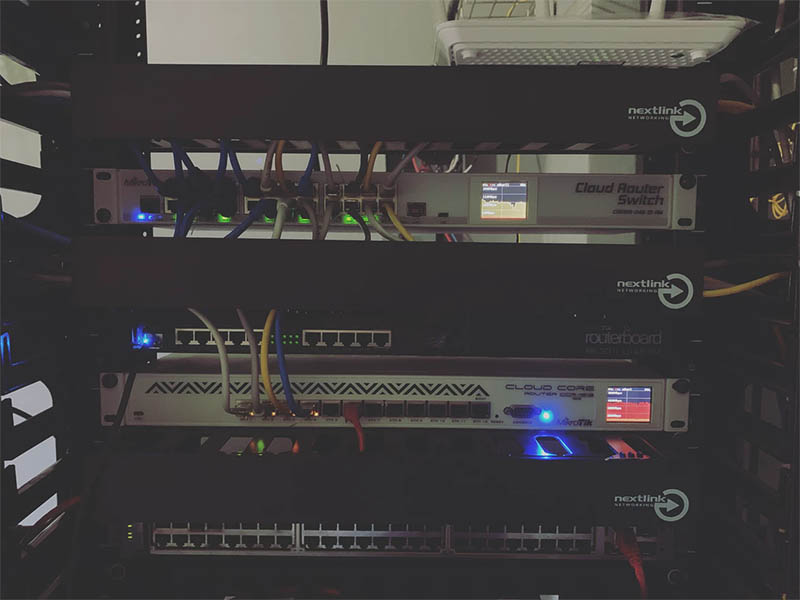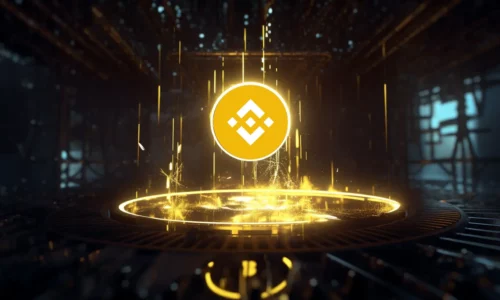One way to learn about bitcoin is to learn the terminology. There are very specific words that are used to discuss bitcoins, and knowing these words will help you not only find more information about bitcoin, but also to explain it to others and to use it properly.
Mining
This word is simple to understand because even though it means finding bitcoins digitally using specialized software and code, it is a lot like mining for gold. Gold is finite like bitcoin, so the idea fits. Each miner gets transaction fees for each transaction they confirm, and are also awarded bitcoins for each verified block (see below).
Private Key
This is like your handle or username, but it’s a string of numbers (up to 78 of them) that gives you access to a wallet that contains the bitcoins. It’s more like a password if you think of it, and is tied to a wallet via your alias.
Wallet
This is a cloud place that enables you to collect private keys and manage those keys to let you make transactions using the bitcoin network. It works just like a wallet that is physical. It contains and lets you access the bitcoins that you have. You can have more than one wallet.
Blocks
Blocks connect every transaction together, forming block chains that are verified every ten minutes via mining. This process ensures that you avoid double spending, since technically a bitcoin can easily be copied on your own computer inside your wallets. Using this method makes it impossible to spend copies.
Block Chain
This is the public record of the bitcoin transactions. It’s really a very orderly ledger of blocks, maintaining a chain in chronological order of all transactions. Anyone on the net can download the block chain to view with a block explorer.
Block Explorer
This is like a browser that lets you look at the contents of blocks so that you can view the transactions and the history of all the balances and addresses of the transactions.
Halving
Because there will never be more than 21 million bitcoins issued, they are halved every four years with the last one happening in 2140. This essentially means that the number of bitcoins it takes to form a block is decreased by half or 50 percent.
Confirmation
When a transaction is verified by a network, it’s considered a confirmation. The process that does this is what is known as mining (see above). Once a transaction has been confirmed, it cannot be reversed or changed.
Change
This is the same concept that you have with fiat money. You pay 5 bucks for something that cost 4.50 and you get back 50 cents. This is no different with bitcoin.
Address
When you use bitcoin, you provide an address for that particular unit or transaction. Each address can only be used for one transaction.
Signature
This refers to a cryptographic signature, which is really a mathematical formula that lets someone prove that they own the bitcoin. For example, your wallet and the private keys associated to that wallet, enables you to provide a signature so that no one can steal your bitcoins.
As you learn more about bitcoin and cryptocurrencies, you’re going to come across even more new terms that mean something important. Some of the terms seem obvious (like mining), but others are a little harder to understand. Take the time to learn all that you can so that you can make good choices when it comes to using bitcoin.





